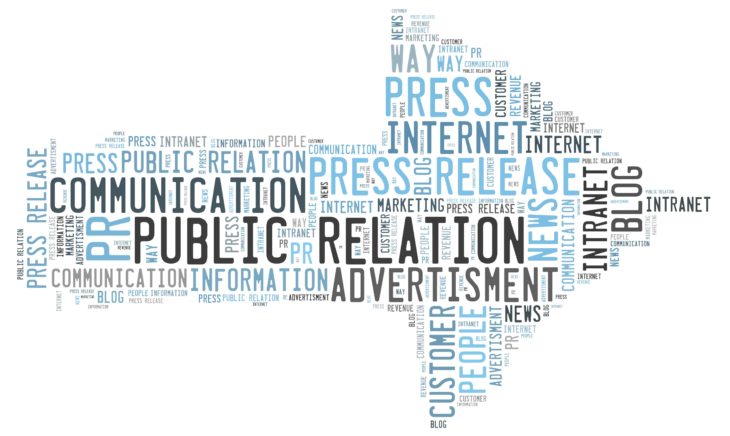Public relations, or more commonly known as its abbreviation PR, is the center of attention for many companies. But what exactly is PR? It is a concept which has been around for a very, very long time. It has basically been around for the entirety of human civilization, and it has been of utmost importance for just as long. There has been a need for PR since there have been things or ideas to sell. And, considering that customer loyalty and acquisition are two of the most important aspects of any business, that’s not surprising at all.
Even though it has been around for such a long time, according to experts from Konstantin Kaiser’s Evolute, the fundamentals of it have not really changed. It’s all about getting the customer involved and engaged. There are many ways to achieve this and over the years there certainly have been many clever and original marketing campaigns and publicity stunts that served to get potential customers interested, sometimes with phenomenal results. However, what most of these traditional PR campaigns lacked was the internet, or more precisely: social media.

Source: MEPRA
Social media has experienced massive growth in the last decade, and there is no end in sight. Most people with an internet connection use some form of social media. They share and watch videos or pictures, they partake in discussions, they search for new things – they engage. And that’s exactly why it’s perfect for PR. People want to engage and they want to be engaged with. They want answers to their questions and, if they like what you have to offer, they want to stay up to date.
But you still have to reach these people and make them interested in what you are offering. Just running run-of-the-mill Google or Facebook Ads won’t get you far. After all, regular ads don’t have high user engagement. This is due to a few reasons, two of which are ad blindness and ad blockers. The former being the blindness to regular banner ads due to overexposure and the latter being programs that stop ads from being displayed to the user. Since you want to get people engaged, this means that you have to have a strategy. You need to know who to market to and, more importantly, how to go about it.
The first and most important step is always the formulation of a vision. Before you even start to think about how or when you want to do something, you first need to get a good understanding of what it is that you want to achieve. But that does not mean that the presentation of that vision is any less important. As a matter of fact, it is even more important than the vision itself. Because if your presentation to the public is dull and uncreative, it is probably going to achieve the exact opposite of what you wanted it to achieve. This is where another factor gets into play: your targeted audience. You absolutely need to know who you are, and want to be, marketing to and what these people want or expect from you.

Source: everything-pr.com
There is no point in trying to sell a steak to a vegan or a boat to someone living in a desert. If you want to get people interested in what you are offering, you need to have a well thought out and specialized marketing strategy. After all, people like to see creative, new approaches and ideas. And that’s what makes Evolute different.
Evolute is a marketing and PR company focusing on hyper-growth and high-tech industries, like VR, Blockchain, and Biotechnology, that was founded by Konstantin Kaiser. Many of the hyper-growth companies lack in social media marketing campaigns and media press coverage. There are countless ways to get users engaged in your business and, combining expertise and communication, a good marketing company will develop a strategy that meets your needs. Be it a publication on a major website like Entrepreneur or VentureBeat, a specific niche-publication, or a Facebook or Twitter marketing campaign, a revamp of your website, etc. – you name it, you get it. Good PR firms differ in how deep they dive into the subject matter and using interactive solutions instead of traditional static presentations. PR can create everlasting stories that add to your image and generate leads beyond your collaboration. That makes PR way more powerful and superior to regular ads, which are temporarily limited. And let’s not forget: People don’t buy goods and services, they buy emotions, dreams, and stories.

Source: Pulse Marketing Agency
